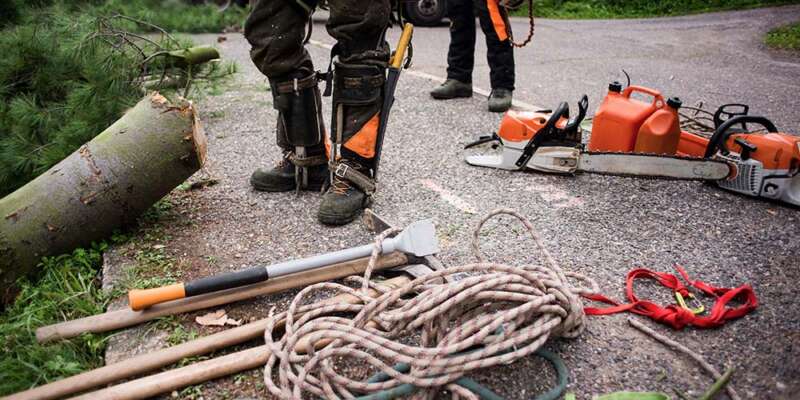The world of tree care and maintenance, and arboriculture in general, can feel incredibly overwhelming when you first tap into it. Perhaps you have just moved into your forever home and finally have a yard big enough with lots of trees and plants to care for. Whatever the case, you’ll find yourself inundated with tonnes of new terminology and rules on how to properly tend to the plants on your property. And of course, if that wasn’t already enough, there is some 24,000 species of plant and tree in Australia, but don’t worry; you only need to know about what’s in your backyard!
What is pruning a tree called?
What is pruning a tree called? This is a common question and one that is rather easy to answer; pruning a tree is what it is: pruning a tree. Some people refer to it as trimming, though there are some differences between the two which we will cover shortly. Others call it tree surgery, which is certainly the case if you are pruning your tree for health-related reasons (i.e., to clear away dead or diseased branches).
Here’s a list of other synonyms that you might come across:
- cutting back.
- shaving.
- shearing.
- shortening.
- snipping.
- clipping.
- reducing.
- Shaping.
What does pruning a tree do?
Pruning a tree is arguably one of the most important aspects of a tree’s general maintenance and a common service offered in arboriculture. Whilst some trees don’t require pruning at all—and some more than others—for the most part, pruning is vital for keeping a tree happy and healthy.
When pruning a tree, the main purpose is to promote strong future growth. This is done by cutting away any malformed branches, and reducing the number of branches alongside the main trunk of the tree. By reducing and tidying the tree up, the energy collected through the canopy is dispersed more evenly to the stronger and healthier branches that remain.
Pruning a tree is also handy for the aesthetic appearance of a tree. If you start when the tree is a sapling, you can control and encourage the shape of the tree, keeping it to a certain desired aesthetic appearance.
When you are pruning a tree, you have to be exceptionally careful not to overdo it. If you cut away more than a third of the tree’s branches in one sitting you will cause significant and unnecessary trauma.
To summarise:
- Keep the tree healthy
- Promote strong future growth
- Control and encourage a certain shape
- Remove potentially dangerous branches
- Improve the overall aesthetic appearance
If you have a number of trees on your property that you require pruning, but you don’t feel confident enough handling it yourself, you can hire a tree pruning professional to take care of everything on your behalf instead. Save yourself the headache and get it done right!
What is the difference between tree pruning and tree trimming?
Tree pruning and tree trimming are often confused and used interchangeably, even though there is quite a distinct difference between the two.
- Tree pruning as mentioned above, focused on removing dead and dying branches, crossed branches, and anything else that may hinder the future growth of the tree.
- Tree trimming is focused entirely on reducing the size of the tree. This could be thinning the canopy, or shortening the tree altogether. Often when trimming a tree, it is done with little concern for the health of the tree, and only the appearance.
How often should you trim a tree?
Honestly, it depends on the tree. Some people like to trim their tree at least once a year. This allows you to maintain a certain shape and prevent the tree from growing too large. If you really want to know, you should contact a reputable arborists company like Lakeside Trees and Stumps and request some advice on how best to care for the specific species of tree that you are dealing with. All trees are different and should be treated and maintained as such.











